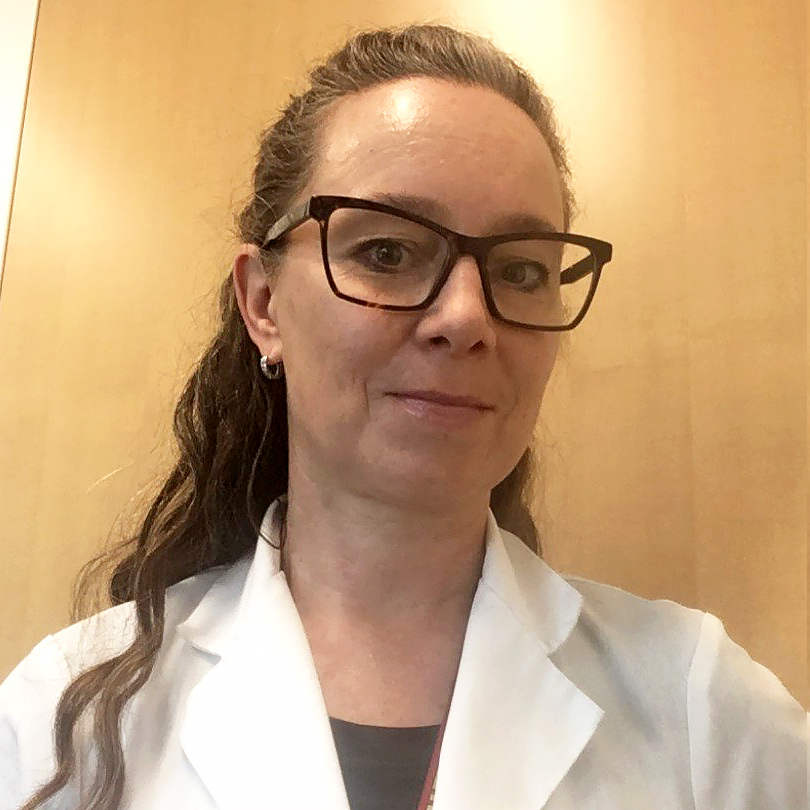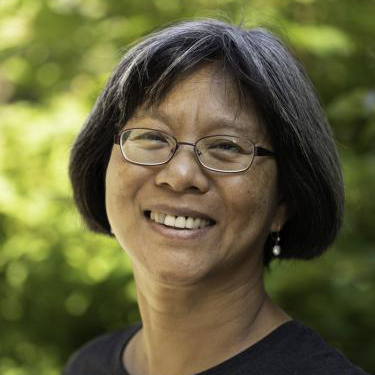How does an emphasis on diversity and equity incorporated into molecular and cellular research happen?
Su: It really requires almost a new way of thinking. This is an issue that we need to make part of everything we do. The question we must ask ourselves is can we make it a component of the actual research that we do? The answer is definitely yes, but how best to do that, and how can the (MCO) program, the Cancer Center, and specifically Patricia and I help our members do this? That’s why we’ve started having conversations with representatives from the Office of Diversity, Equity, Inclusion, and Community Engagement, and from the Colorado Center for Personalized Medicine.
We all do basic research, some use patient samples or cell lines, so one thing to pay attention to is what is the diversity and representation in the samples we use. It’s not something that only we are doing, many researchers are starting to do this, to be really aware of the fact that there is inequality everywhere, including in the samples that we use.We must have this awareness not just in human subjects, but in the samples that we use for basic mechanistic experiments, which historically have not been representative of our populations. So, an important step is increasing that awareness.
Since “The Immortal Life of Henrietta Lacks” was published, a lot more people are aware of previous discrimination in collecting tissue samples; how should this be addressed?
Su: It is a very complex issue. The way that we’ve collected samples – and I mean “we” as in the scientific community – is people who were working before I was born often collected samples with very little regard for patient privacy or consent. That’s been done, and we have to acknowledge that. One of the unfortunate consequences of not just that, but of studies that have been done with racial bias, like the Tuskegee Study, has led to this situation where it’s really hard to recruit Hispanic, African-American, Asian, and Indigenous participants into clinical trials. At same time, that really exacerbates the problem. We need cells from everybody and we need tissues and tumor samples from everybody, but it has to be done right, it has to be done with consent. If we cannot do that, we can’t find treatments that benefit everybody.
How do researchers regain trust among underrepresented populations?
Ernst: One of our really important partnerships is with the Office of Community Outreach and Engagement to start building those bridges with people and groups who are underrepresented in research. For example, there’s a really unique Native American population in the southeast part of the state, but you can’t just march in there and say, “Give us your DNA.” We haven’t earned that trust, we don’t have those relationships, so we need to start building relationships and saying, “Come and participate in what the university is doing to benefit all of us.” We need to take a welcoming approach in research and demonstrate that it’s a partnership.
One of the things we learned preparing all these documents (for the recent Cancer Center Support Grant renewal process) is that the research population we have easy access to is predominantly white, which is not representative of this area or this state. So, the Cancer Center has a lot of initiatives to build partnerships so we can access a broader array of patient samples that more accurately represent Colorado.
How do you initiate these conversations in a way that doesn’t further marginalize underrepresented groups?
Su: The best start is to have the data, and the limited data say that, unfortunately, certain cancer-causing mutations are more prevalent in certain groups, and responses to certain cancer drugs can be different. A lot of cancer therapeutics were tested only on Caucasian samples, and we don’t know if that bias can account for any potential toxicity in other groups. It’s vital, though, that we’re looking at potential differences only with the goal of getting better, more effective treatment. So, if there are differences in how people respond to drugs, or how they respond to environmental factors, then those differences matter only in how we develop better treatment.
What is the MCO already doing well that you can continue to build on?
Ernst: Something I think the MCO can do really well immediately is continue training young researchers. All of our labs host undergraduates in summer programs, and we can continue supporting undergraduate researchers from traditionally underrepresented groups. A lot of times we’re seeing that these students have an interest in studying health disparities, so we can provide opportunities for education and training so that we’re building bridges with Colorado populations that have been underrepresented in science. We can continue to support and partner with researchers who can take science back to their communities.
Su: One of our main goals is making our research relevant to the population of Colorado and also incorporating a lot of the data, like the genomics data, the population medicine data, into our research. We’re asking what are we doing that fits the population and what information is there about population that we can incorporate into our own research. It’s a cycle of mutual benefit, not just enhancing the diversity and equity of our research, but benefitting the population of Colorado. That’s something that can really improve through more collaborations within the MCO, and also between the MCO and clinicians in other programs.






